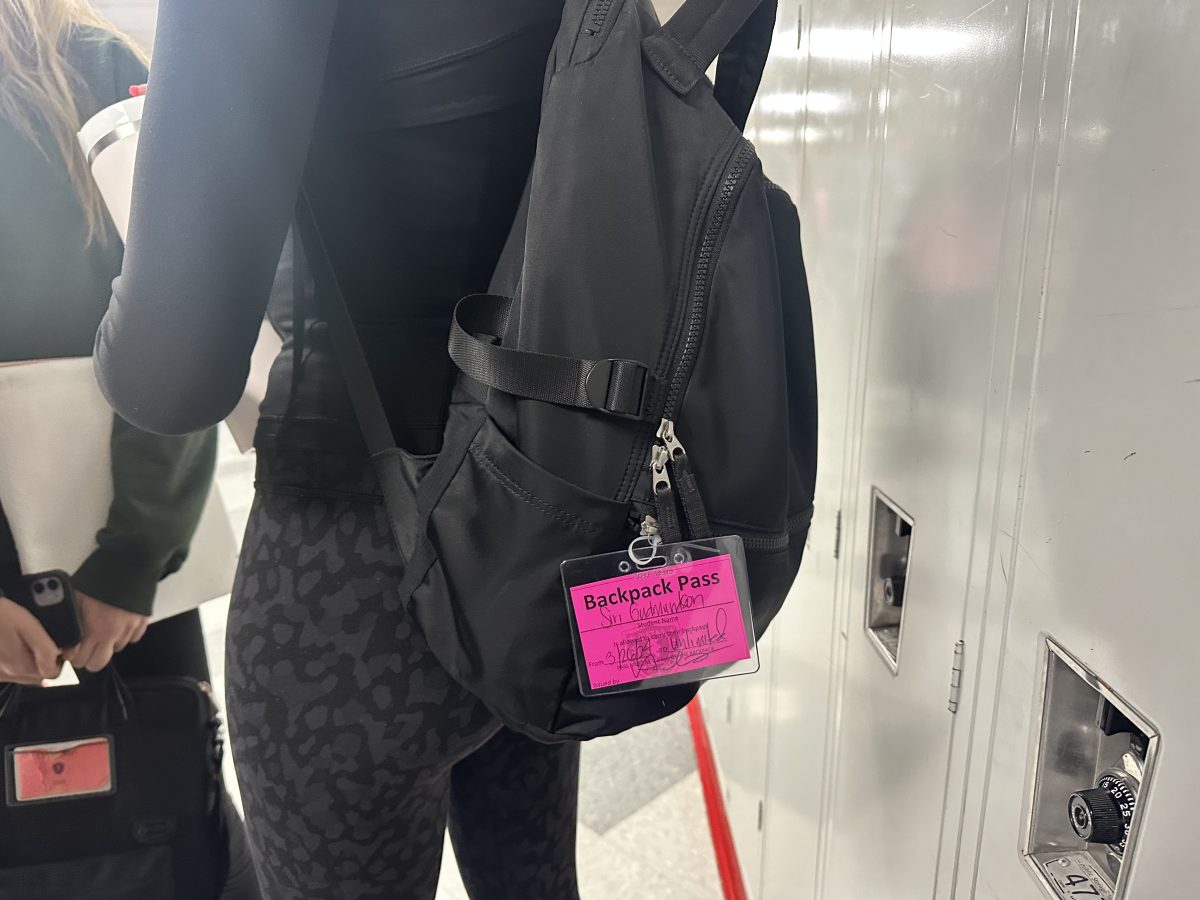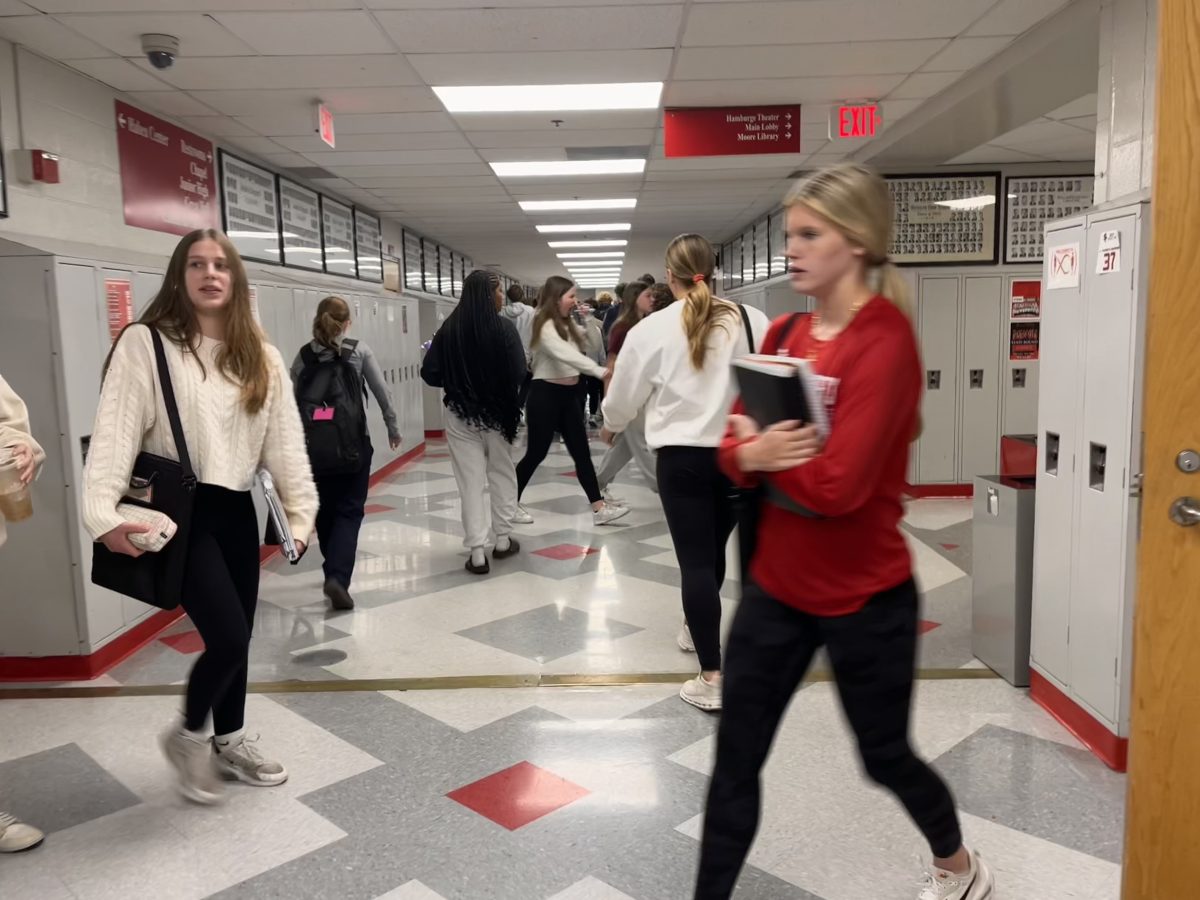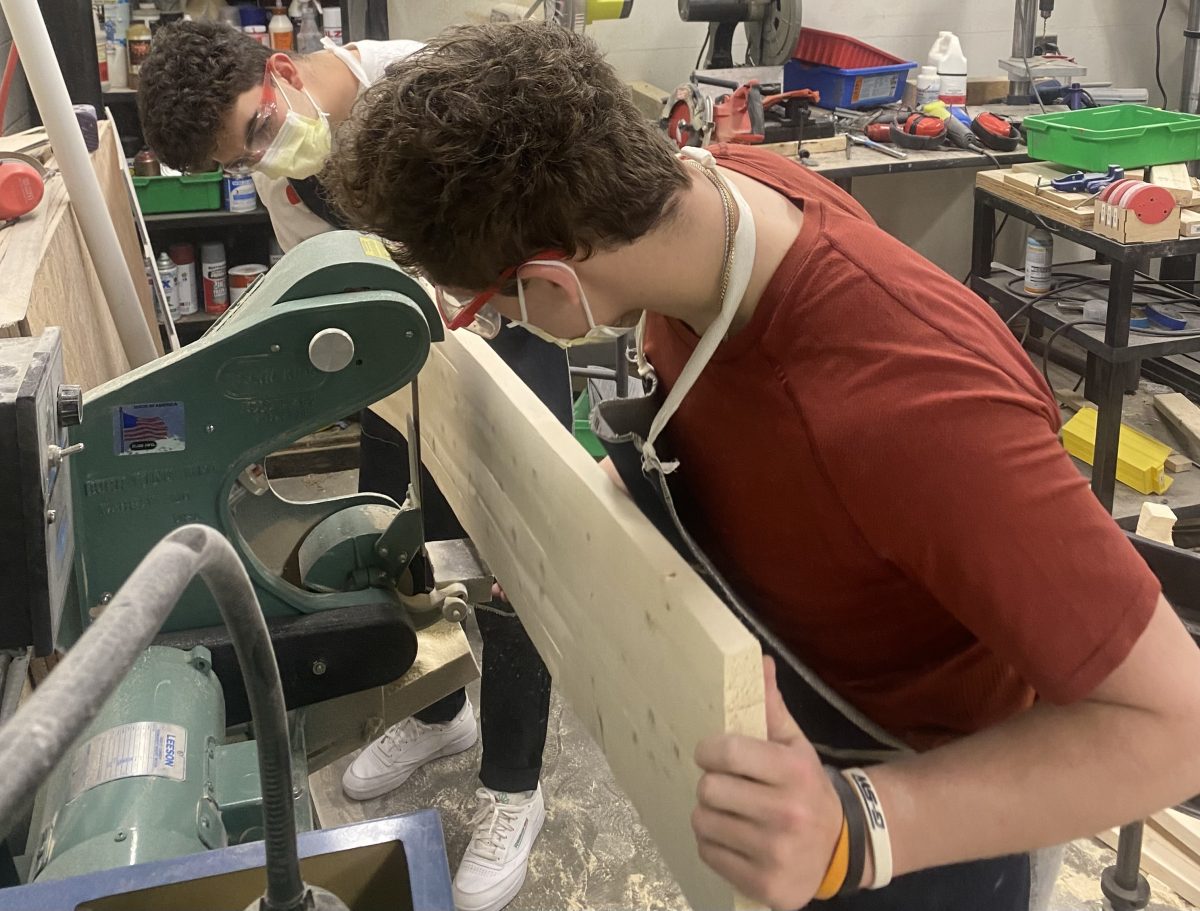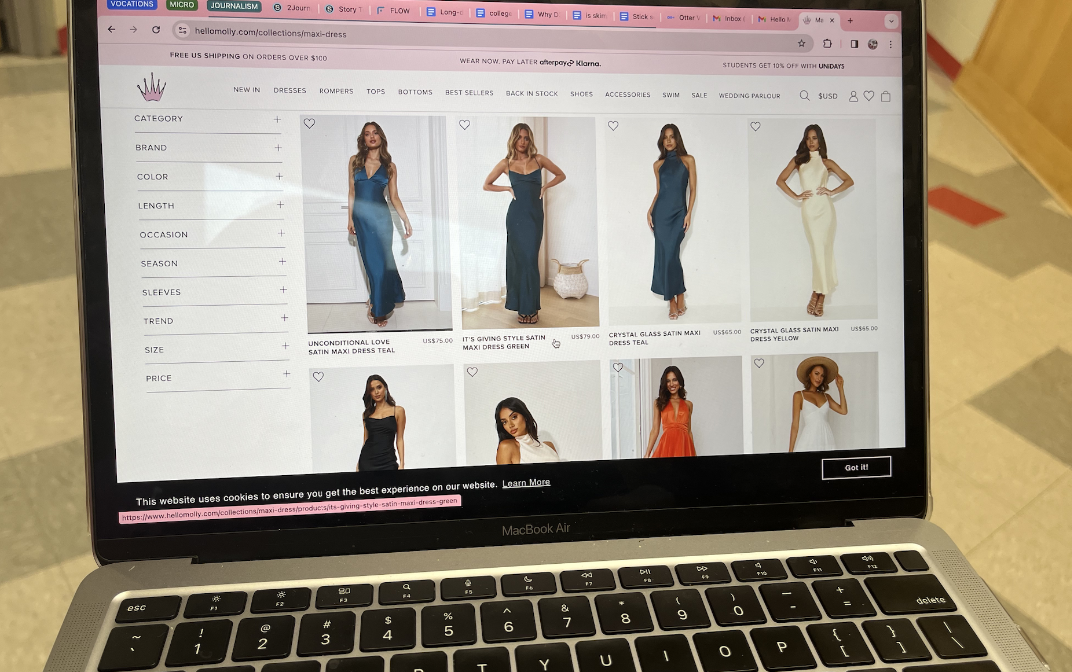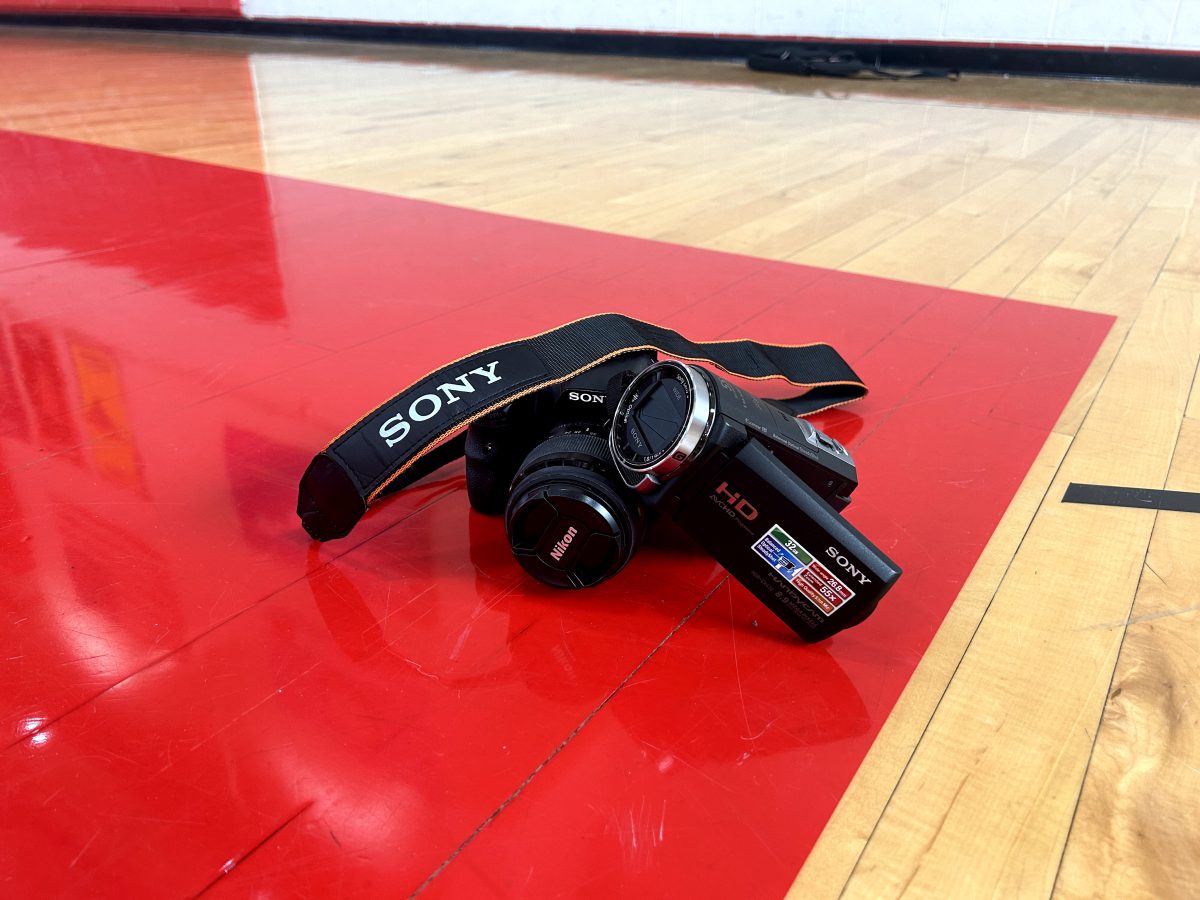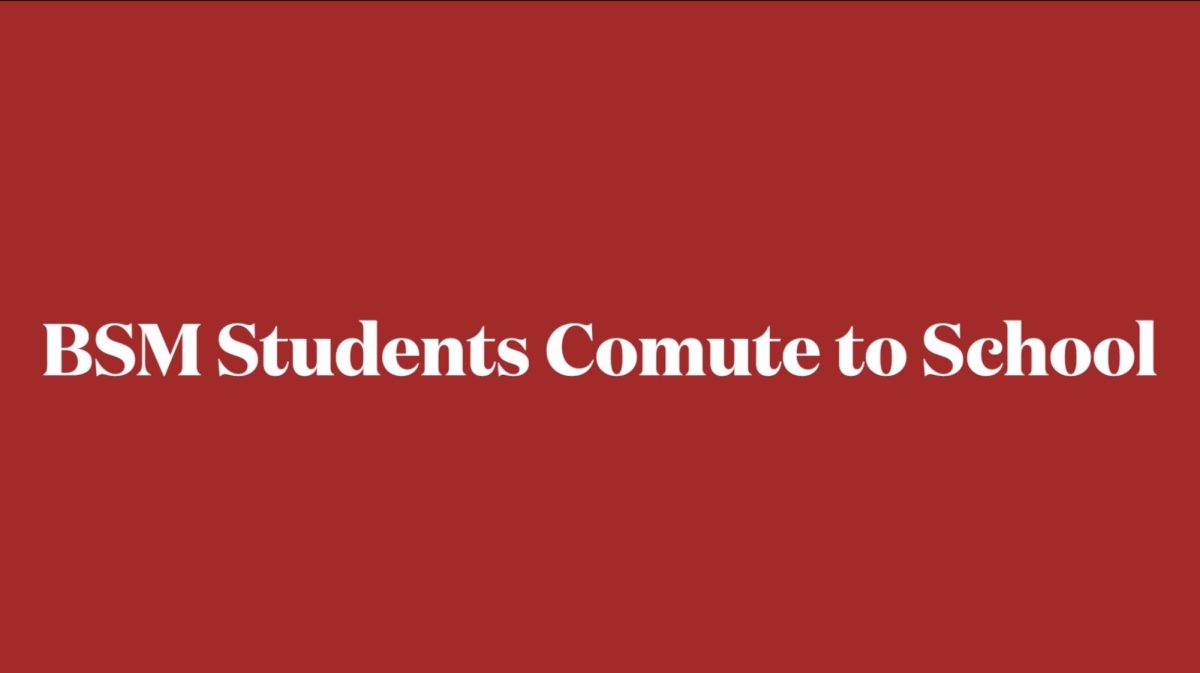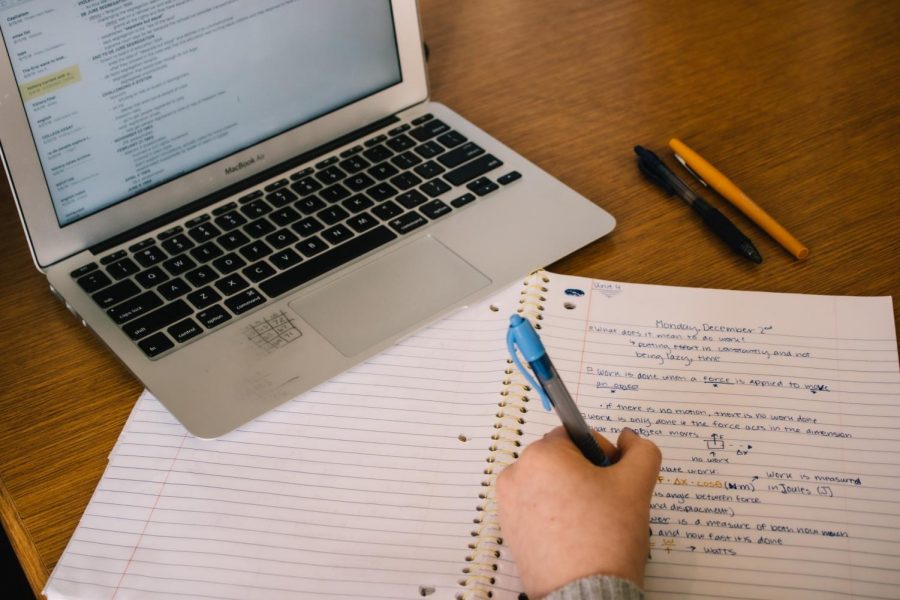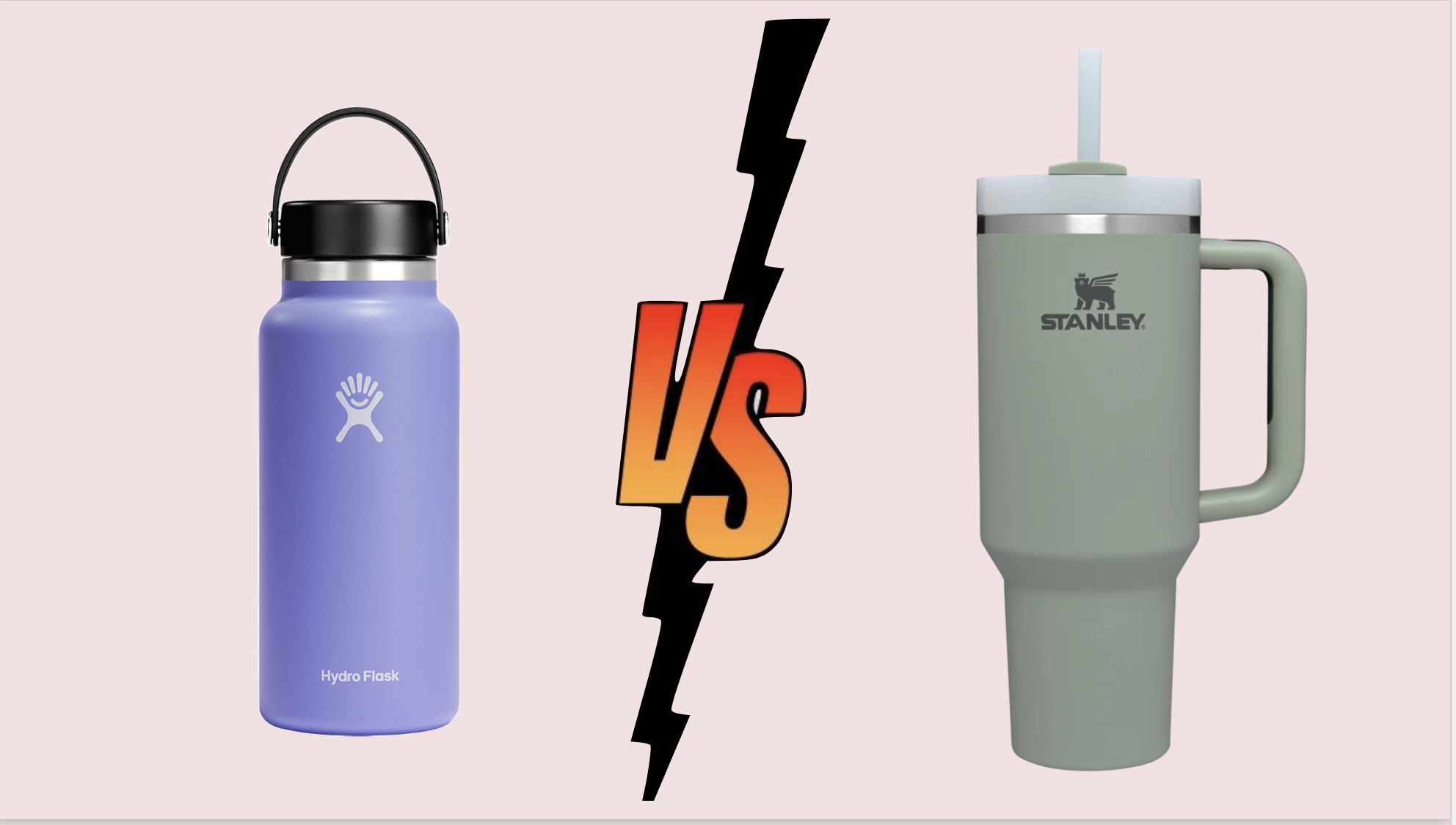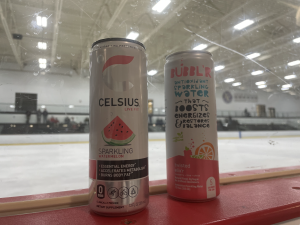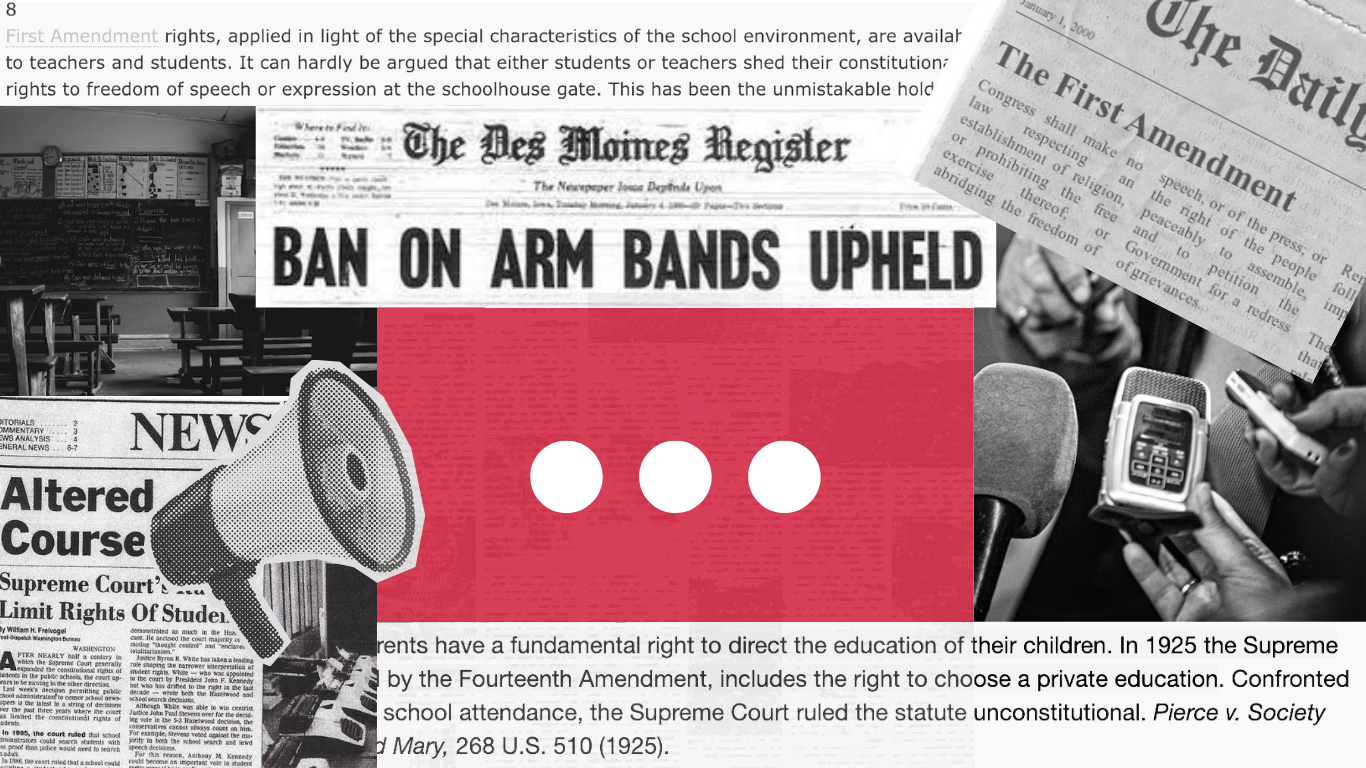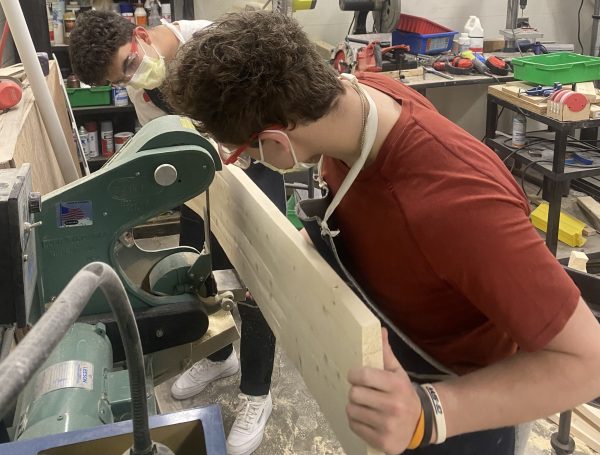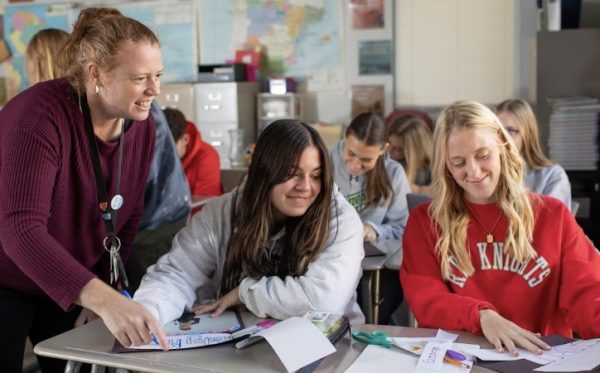Teachers prefer handwritten notes
Students choose the best way for them to take notes, whether online or on paper.
February 28, 2020
Laptops play a significant role in the modern school day, but there’s a reason teachers prefer notebooks over MacBooks. Better retention, fewer distractions, and concise notes are the main benefits of breaking out a pen and paper.
In the past few years, laptops have become an important fixture in the classroom. There are certain benefits to having laptops in the classroom. If a teacher says something a student doesn’t understand, they have access to millions of explanations through the Internet. Another pro-laptop argument is that handwriting is time-consuming. Students today are more likely quick typers than they are fast at handwriting. Being able to take everything down quicker means the student will have more information to study off of.
While studying, the student also has the opportunity to reorganize notes on their laptop. Another benefit of studying off a laptop is the search feature, where students can use “command F” to find and highlight all the information about that keyword, so they don’t have to flip through notebook pages. Junior Cassie Stidman prefers taking notes on her laptop because they are easier to keep track of. “It helps you never lose it. You will always have them,” Stidman said.
Keeping students focused on the lecture is one big reason teachers prefer notebooks. It’s no secret that laptops make it easier for students to get off track. With one click, students are able to reach billions of games, articles, and videos. It can be difficult for students to pay attention when they have a world of distractions at their fingertips. “I get off track on my laptop because when I get a notification, like a text or a notification from Game Pigeon, it pops up. And then I want to play games,” Stidman said.
Really what you should be taking out of your reading is ‘what is the most important material?’ which you should be getting in your notes and in order to do that you have to be thinking. And you don’t have to think like that when you are typing on your computer. — Cherie Vroman
Studies show that even when students can stay on task, taking notes on a laptop results in shallow processing. This means that the students aren’t trying to understand what they are typing, they just see words or hear words and copy them down verbatim. When that happens, the brain doesn’t have to process information thoroughly. “At the end of the day, you have not necessarily pulled out the essence of what you’re reading and taking notes on,” history teacher Cherrie Vroman said.
Since laptops make it easier to take down information quickly, students have more notes to look back on. Handwriting notes slows students down but gives the brain time to absorb the information. When hand writing notes, the brain has to decide what is important enough to put down on paper. Making the brain paraphrase and summarize the information makes it easier to remember. “Really what you should be taking out of your reading is ‘what is the most important material?’ which you should be getting in your notes and in order to do that you have to be thinking. And you don’t have to think like that when you are typing on your computer,” Vroman said.




